Sharks, jellyfish, snakes, spiders, we all know that Australia is home to innumerable beasties that can end our lives without breaking a sweat – after all, only mammals have sweat glands – but you might not have known the full extent of how gruesomely terrifying nature can be on this crazy island. Besides the usual suspects, Australia is also home to stonefish, the world’s most deadly fish, blue ringed octopodes (although octopi sounds far better), a creature for which we have no anti-venom, making them the only species of octopus that are fatal to humans, and predatory marble cone snails that deliver enough venom to kill a human through a harpoon-like tooth. Predatory snails that have (according to National Geographic which I trust with my life) killed humans? This place is madness and I have to stop reading. Besides, if I was to go on with listing every dangerous creature in this country, I would be able to fill another book.
If you do escape the beasties, there are also 7cm hailstones (I kid you not) and a distinct lack of ozone protection to contend with. No wonder we sent all our prisoners here.
I’m kidding – well, kind of kidding, as I look nervously around my unfurnished bedroom, hoping no local residents attempt to join me in on the floor as I sleep tonight, dreaming about centipedes that eat snakes and snakes that eat dogs – again, both true occurrences. Maybe I will have to invest in a mattress, just a few inches of aerial protection would be better than none at all.
Funnily enough, in the way that every working holiday visa holder takes a series of random jobs, I have found myself working in very close quarters with many of Australia’s most deadly snakes – indeed the most deadly in the world. Fortunately we are separated by a sheet of glass and as far as I am aware, I do not possess Harry Potter’s powers to make it mysteriously disappear. If that was to happen, I would probably pass out long before I could get bitten.
The truth about all these dangerous animals in Australia is that they rarely attack humans. In fact, in the ten years between 2000 and 2010, only 254 people died from animal related deaths [Data from NCIS]. The biggest killers (in descending order)? Horses, cows, dogs, kangaroos, then bees. Yes, the most deadly animal in Australia (responsible for 77 deaths over the ten years) is a horse (donkeys and ponies included) and most people die either by falling off and landing badly, or by being trampled. Over fifty of the 254 deaths were motor vehicle related and nine of the people who were killed by dogs, died by tripping over them. One person died by tripping over a cat. I kid you not.
Despite all these terrifying horses and cats, I have finally met the creature I have decided to fear more than any other. I define the creature that I fear more than any other as the one I would least like to hang out with. Yes, I would rather swim with a great white than chill with this beastie – the saltwater crocodile. Growing to more than six metres, the saltwater crocodile is nature’s finest tuned killing machine, a relic from the times of dinosaurs. It is 22 years since Jurassic Park disabled my door opening abilities through pure terror, now the dinosaurs are back to get me again. While the snake glass is thin, the crocodile perspex I walk past on a daily basis is 145mm thick. In truth, this is to hold the vast tanks of water, but I like to pretend it’s there to stop the crocs too.
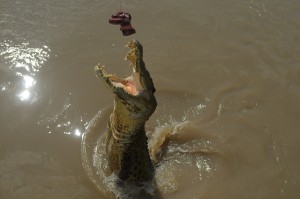 The first time I saw a saltwater crocodile was from a boat on the Adelaide River. I watched as the crocodiles jumped from the water to retrieve meat. Their tails are so powerful that they can literally propel themselves vertically out of the water to catch prey in overhanging branches. It was on this boat that I learnt much of the crocodiles. For example, if you were to fall into the water and start splashing around, a crocodile could detect your movement in the water from nearly two kilometres away. If you don’t splash around, they can still detect your heartbeat from several hundred metres. And when they bite, it is estimated that large salties can have a bite force of around 3,700 psi, compared with humans who bite at about 200 psi [Figures for saltwater crocodiles vary so I have taken a conservative figure – some sources claim 7,000 psi – asking a croc to bite nicely on a measuring device probably isn’t all that easy]. Not only this, but they are also very patient and can hold their breath for great lengths of time by lowering their heartbeat to only a couple of beats a minute, compressing themselves into shallow water, waiting for prey to approach.
The first time I saw a saltwater crocodile was from a boat on the Adelaide River. I watched as the crocodiles jumped from the water to retrieve meat. Their tails are so powerful that they can literally propel themselves vertically out of the water to catch prey in overhanging branches. It was on this boat that I learnt much of the crocodiles. For example, if you were to fall into the water and start splashing around, a crocodile could detect your movement in the water from nearly two kilometres away. If you don’t splash around, they can still detect your heartbeat from several hundred metres. And when they bite, it is estimated that large salties can have a bite force of around 3,700 psi, compared with humans who bite at about 200 psi [Figures for saltwater crocodiles vary so I have taken a conservative figure – some sources claim 7,000 psi – asking a croc to bite nicely on a measuring device probably isn’t all that easy]. Not only this, but they are also very patient and can hold their breath for great lengths of time by lowering their heartbeat to only a couple of beats a minute, compressing themselves into shallow water, waiting for prey to approach.
Just rewind a little. A saltwater crocodile, which can grow in excess of 6 metres and weigh in excess of a tonne, can leap from the water to grab prey. It’s another glorious madness of the creatures in this country, and a very good reason to keep one’s head away from the edge of the boat when watching them jump. In fact, due to the mass culling (hunting) of saltwater crocodiles that finished in 1971 with only around 3,000 saltwater crocodiles left, we aren’t quite sure how long a crocodile can live for or how big it can get. A male crocodile will continue to grow all of his life and some of the lucky few who escaped the hunts are estimated to be in excess of one hundred years old.
And what happens when a crocodile gets old? He gets eaten. Crocodiles eat each other all the time and many of them are missing limbs due to friendly encounters with their neighbours. Even during mating time, it is not uncommon for the much larger male to eat the female, rather than mate with her. How romantic. Shall we go out for dinner, darling? You’re it.
Of all the many things in Australia that can kill you, I think crocodiles top the list as the creatures that intimidate me most, giving me the utmost respect for these fearsome beasts. Despite this, they are just one of many dangerous beasties on this mad island. Where are all the kittens?
Here is the first time I saw crocodiles – they were jumping from the water.

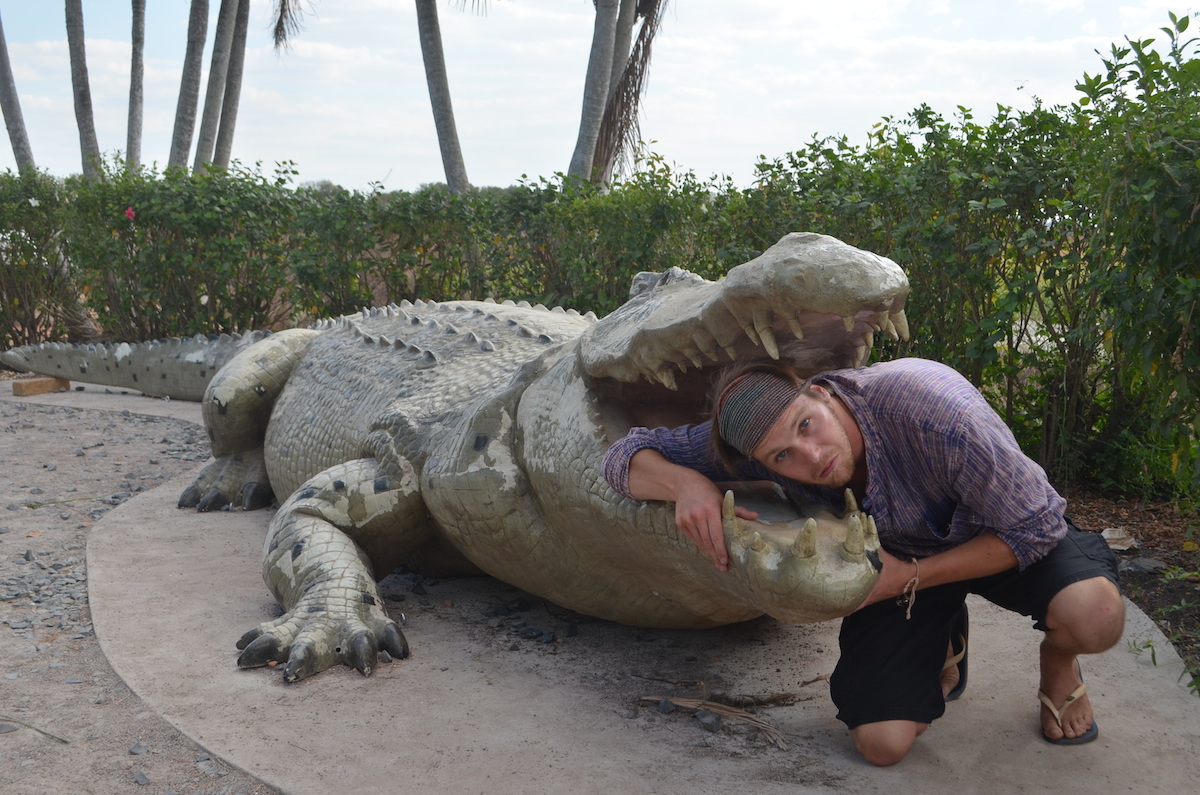

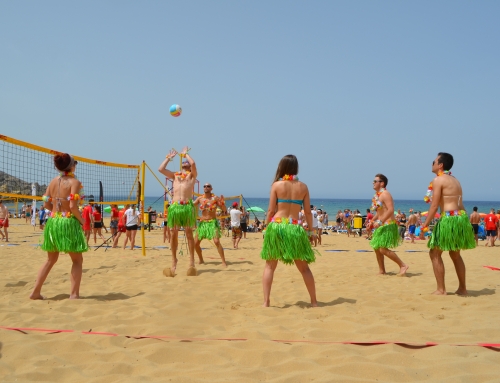
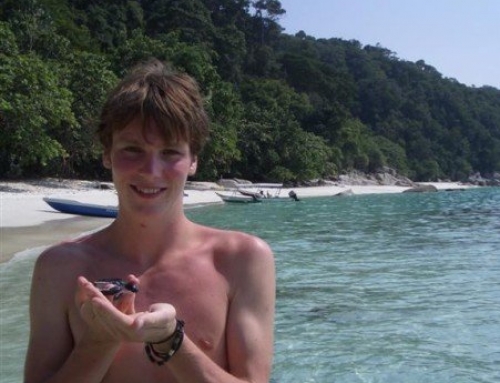
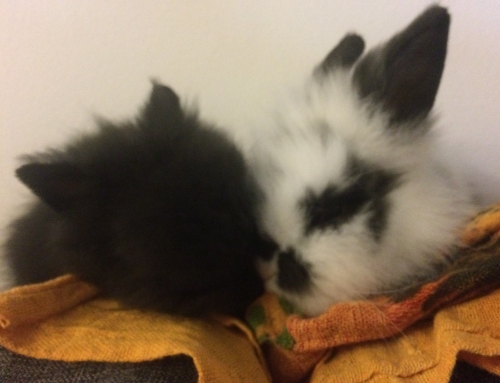
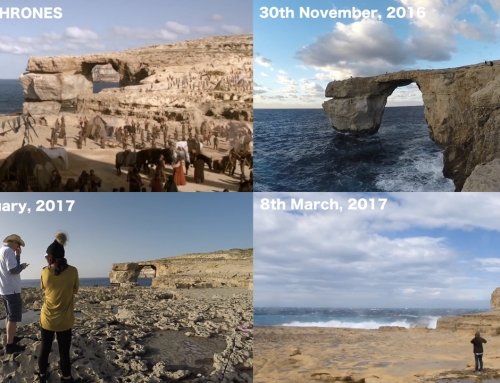
didn’t even know there were salt-water crocodiles